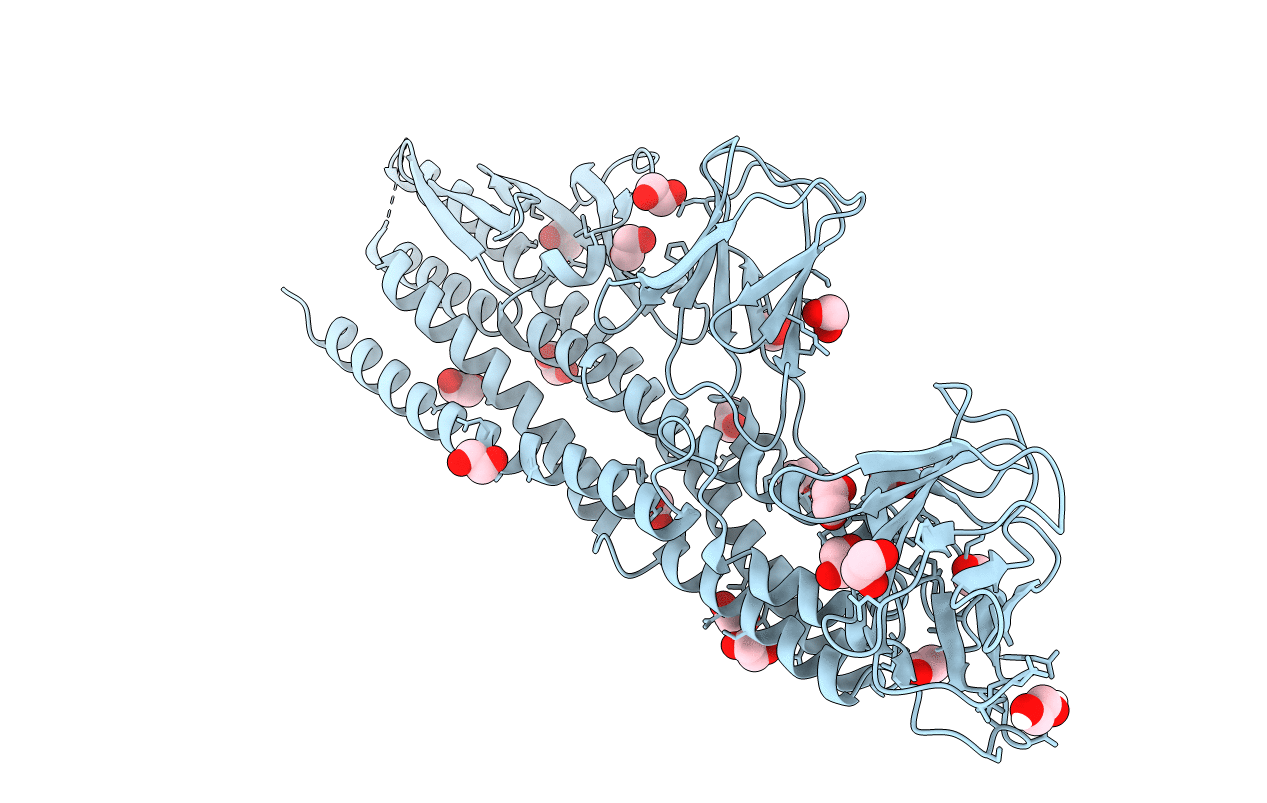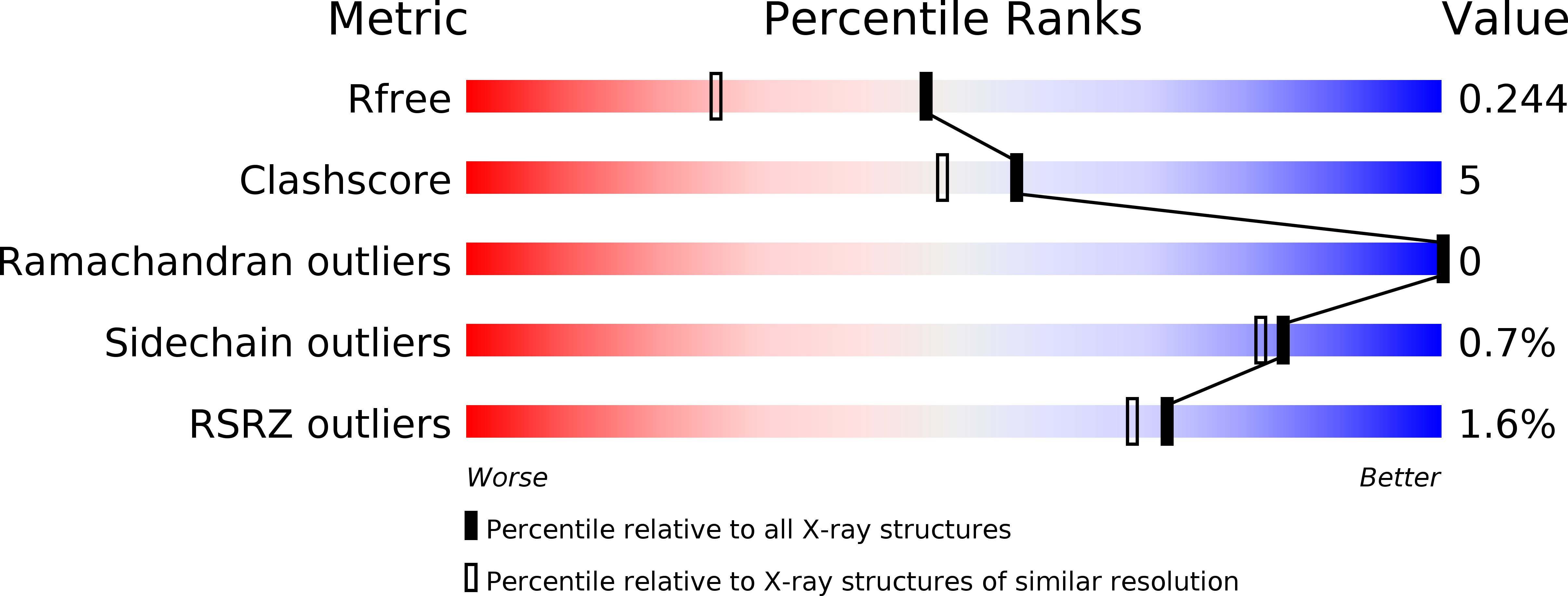
Deposition Date
2014-07-17
Release Date
2015-02-11
Last Version Date
2024-05-08
Entry Detail
PDB ID:
4UT1
Keywords:
Title:
The structure of the flagellar hook junction protein FlgK from Burkholderia pseudomallei
Biological Source:
Source Organism:
BURKHOLDERIA PSEUDOMALLEI K96243 (Taxon ID: 272560)
Host Organism:
Method Details:
Experimental Method:
Resolution:
1.80 Å
R-Value Free:
0.24
R-Value Work:
0.19
R-Value Observed:
0.19
Space Group:
P 1 21 1


